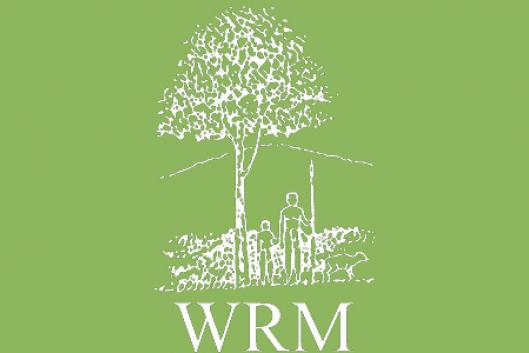Introduction
The inter-tidal forest communities called mangroves occurring in tropical and subtropical areas in the world cover most of the coastal regions of Africa and have been playing significant ecological, economical and socio-cultural roles in the lives of coastal communities in the continent. This paper presents an overview of current conservation status of mangroves in Africa including their coverage, biodiversity status, important threats and gaps in major conservation efforts. Recommendations are made to further combat rising threats, address sustainable use issues and restore these mangrove ecosystems.
Extent and distribution
Mangrove forests cover over 3.2 million ha in the African continent about 19% of global coverage. They are distributed in three major coastal sections: western Atlantic (1.5 million ha, 49%), central Atlantic (0.4 million ha, 14%) and eastern Indian Ocean (1.2million ha, 37%) (Figure 1). In the western Atlantic coastal section of Africa, mangroves stretch from Mauritania in the north western section of the Atlantic coast to Senegal in the Saloum Delta, Lower Casamance through Guinea Bissau, South Guinea, to the Gulf of Guinea flanking the coastlines of West and Central Africa from Liberia to Angola. Nigeria has the largest mangroves in Africa (Table 1 and Figure 2) located in the Niger delta with up to 1.0 million ha of mangrove stands in this area and plays a critical role in supporting the region’s rich wildlife. Mangrove covered countries in Eastern Africa include Somalia, Kenya, Seychelles, Tanzania, Madagascar, Mozambique and South Africa. Climatic conditions are predominantly humid and tropical but changes to more temperate conditions towards Angola and South Africa. Climatic conditions are predominantly humid and tropical but changes to more temperate conditions towards Angola. In Africa, there is some little variation in phytogeographical distribution of mangroves species across the continent. West Africa and Central Africa have three families with six species including: Avicenniaceae (Avicennia germinans – referred to as white mangroves); Combretaceae (Laguncularia racemosa, Conocarpus erectus); and Rhizophoraceae (Rhizophora harrisonii, R. mangle, R. racemosa – usually called red mangroves). R. racemosa is very dominant in this region with characteristic long and straight poles in pure stands especially in tidal estuaries. While R. harrosonii and R. mangle are small trees and shrubs respectively. In Eastern Africa there are 10 species of mangroves, the dominant species being Rhizophora mucronata, Ceriops tagal and Avicennia marina (Semesi, 1998) occupying a total of 1.1million ha (Spalding et al., 1997).
